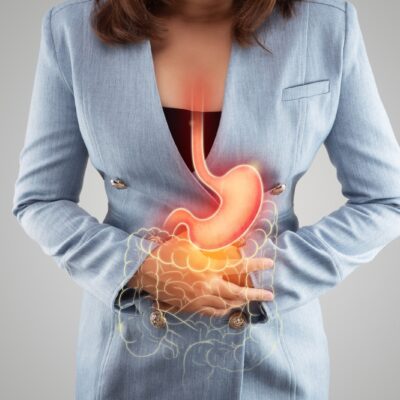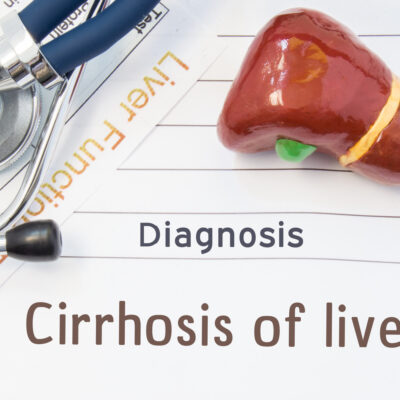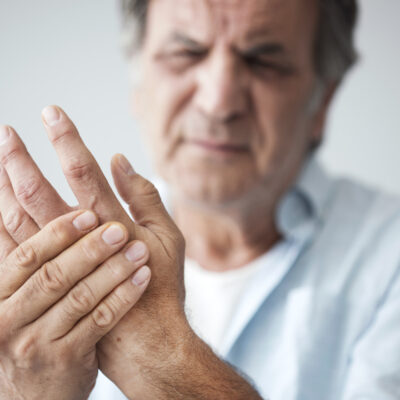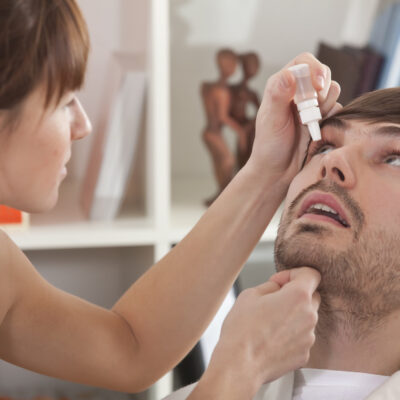
Health
Navigating Long-Term Disability: Key Conditions and How Legal Experts Secure Your Benefits
Are you facing a medical condition that’s affecting your ability to work long-term? You’re not alone. Many people find themselves unable to work due to various disabling conditions, but they often struggle with securing long-term disability (LTD) benefits. Long Term Disability insurance is a safety net designed to replace a portion of your income when a serious health issue prevents you from working. However, the process of obtaining these benefits can be complex and fraught with challenges, including frequent denials, which is where Long Term Disability Appeals come into play. This article will guide you through the conditions that typically qualify for LTD and explain how specialized LTD lawyers can assist in securing the financial support you deserve. 1. musculoskeletal disorders Diseases like arthritis, degenerative disc disease, and chronic back issues can severely impair your physical capabilities, making it tough to fulfill work duties. These conditions are among the most common reasons individuals seek LTD benefits. With the physical strain and pain associated with these disorders, maintaining a regular work schedule becomes increasingly difficult, if not impossible. 2. mental health issues Mental health is just as important as physical health when it comes to work capabilities. Disorders such as severe depression, anxiety, bipolar disorder, and PTSD can significantly disrupt your ability to function effectively at work.
Read More 













